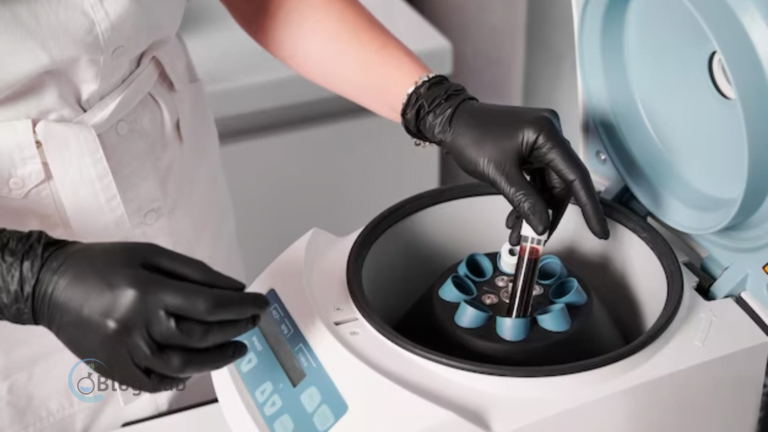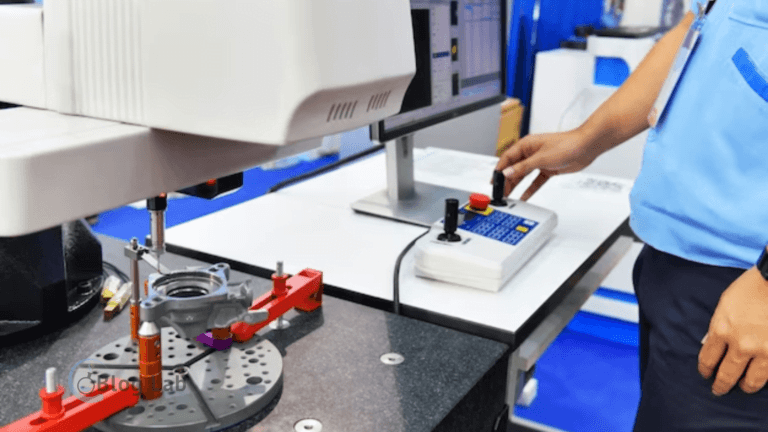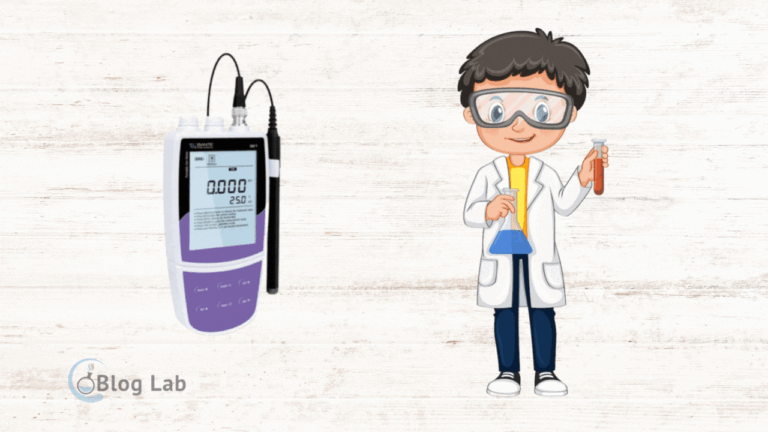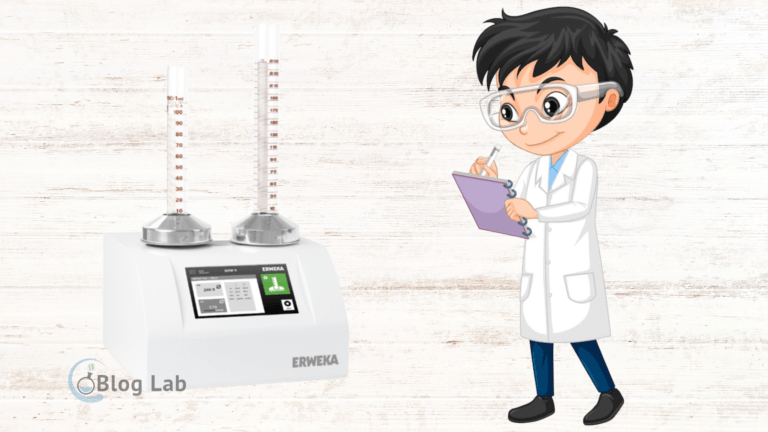The correct Centrifuge Lab calibration.

Welcome to our article at Blog Laboratory that talks about how to calibration the centrifuge of the lab Right. The calibration centrifuge is one of the most important things in the lab because it will ensure the accuracy of the test results. Without regular calibration and correct, centrifuge can produce inaccurate data and results, affecting the quality and trust of the test results.
In this article, we're going to introduce the understanding of the centrifuge of the lab, why centrifuge is important, and how to calibrate correctly. In addition, we will also give important tips in centrifuge calibration, laboratory care, and handle general errors in centrifuge calibration. Let's take a look at our article to get more and more useful information.
Is that the Centrifuge Laboratory?

Centrifuge lab is a tool used to separate different kinds of chemicals or biology that cannot be separated by conventional methods. The working principle of this device is to apply centrifugal force to a sample placed in a spinning tube at high speeds.
There's some kind of lab centrifuge that's available, that's distinguished based on the speed of the turn, capacity, and its use. Type-type centrifuge among others:
| Centrifuge Type | Rotation Speed | Capacity | Utility |
|---|---|---|---|
| Centrifuge Micro@@ | 10,000-15,000 RPM | 2 ml - 50 ml | To separate different types of cells and tiny particles |
| Centrifuge Benchtop | 3,000- 5,000 RPM | 50 ml - 1 L | To separate the liquid from solid sediment |
| Centrifuge Floor-standing | 10,000-20,000 RPM | 1 L - 10 L | To separate large samples |
Centrifuge lab works. It seems simple, but to get accurate results requires periodically calibration. Calibrating centrifuge will ensure the exact speed of the turn and avoid errors in the test results interpretation. Next we'll talk about the importance of doing centrifuge calibration and how to calibrate correctly in the next part.
Why the important Centrifuge calibration?
As one of the tools used in the lab, centrifuge has an important role in the analysis process. Therefore, the correct calibration of centrifuge is also very important to ensure that the results of the tests are accurate and consistent.
Without calibration, the central velocity generated by centrifuge can vary and inaccurate. It can affect accuracy in measurements, and it can ultimately affect decisions in diagnostics or research entrusted to labs.
In the long run, uncalibrated use of centrifuge can damage that device and require a high reparation fee. It can be avoided by doing regular calibration and keeping tools clean.
Why is the calibration of Centrifuge necessary?
Keeping accuracy and consistency in the test results in the lab is essential to customer confidence, researchers and patients. Therefore, the calibration of centrifuge must be performed regularly in order for the tools to work properly.
Some factors that can affect accuracy and consistency of test results are ages and frequency use centrifuge. In most cases, producers recommend calibration every 6-12 months or correspond to the frequency of using tools.
However, if the use of centrifuge is more often or in a unstable laboratory environment, then calibration should be done more frequently. This will ensure that the device is always in optimal condition to function properly.
Prelim before Centrifuge Calibration
Before doing centrifuge calibration, make sure to prepare some equipment and make the necessary preparations so that calibration can be done properly and accurately. Here are some things that need to be noticed before doing centrifuge calibration:
Prepare Tools
Make sure you have the equipment necessary to calibrate the centrifuge. Some tools need to be prepared amongst others:
- Thermometer which can read temperature between 0-100 degrees Celsius
- Stopwatch or digital clock with accurate timing capabilities
- Digital scale accurate
- The speed gauge (optional, depending on the type of centrifuge you have)
- Logsheet or note to record calibration results
Test Preparation
Before doing calibration, make sure that your centrifuge is clean and free of dust or dirt that can affect calibration results. Also, make sure that the centrifuge is stable and not vibrating on the run. Here are some things that need to be noticed in preparation for testing:
- Make sure that centrifuge is dead and stable for 15-30 minutes before calibrating
- Check and make sure that centrifuge lock is locked properly
- Make sure that centrifuge is empty on startup
- Make sure that all centrifuge components are installed correctly and nothing is broken or missing
By preparing the equipment and preparing the necessary testing, you can make sure that the calibration centrifuge you're doing will provide an accurate and reliable result.
Centrifuge Calibration Process
After setting up all the necessary equipment, the next step is to calibrate the centrifuge. Here are the steps in the centrifuge calibration process:
- Set centrifuge speed to a specific value, for example 5000 RPM.
- Wait until the centrifuge reaches its desired speed.
- Put a measuring glass on the rotor centrifuge.
- Shower on analytical scales with 0.001 g precision.
- Put a load on the measuring glass in the rotor centrifuge and attach the rotor into the centrifuge.
- Turn on the centrifuge and let it run for 10 minutes.
- After 10 minutes, turn off the centrifuge and see the weight measurements on the measuring glass.
If the measurement results match the expected value, the centrifuge has been successfully calibrated. However, if measurement results don't match, repeat steps 1 to 7 and adjust the centrifuge speed to the standard measurement results.
It's important to repeat the routine calibration process to ensure accuracy and security use of the laboratory centrifuge.
Calibration Results Measurement
Once it's done with the centrifuge calibration process, the next step is to do calibration measurements. It needs to be done to make sure that the calibration results correspond to the standard of the lab and centrifuge are ready to be used.
To do a calibration measurement measure, it takes an accurate measure like a tachometer or a stopwatch. Make sure it's calibrated regularly to get accurate results.
Steps in measuring the result of the centrifuge as follows:
- Activate centrifuge so it reaches maximum velocity that has been calibrated before.
- Use a tachometer gauge or a stopwatch to measure the rotation speed on each head rotor.
- Compare the measurement results to the values on the label or manual instruction centrifuge.
- If there's a difference between a measurement and a value in the label, repeat the calibration process to the calibration value of the label.
It's important to always do a calibration measurement measurement whenever the calibration process is done, to make sure that the lab centrifuge is always in ready condition.
Centrifuge Care Tip Laboratory
After performing centrifuge calibration, routine care of the device will ensure the accuracy and longevity of your laboratory centrifuge.
- Clean centrifuge periodically: Cleaning up centrifuge after being used is crucial to keeping clean and preventing the accumulation of chemicals or waste that can damage devices. Be sure to follow the use instructions to clear the centrifuge properly.
- Maintain speed: Be sure to follow instructions of use in speed and time settings in centrifuge usage. Increasing speed too quickly can damage the device.
- Perform regular calibration: In order to maintain accuracy, do regular calibration on your lab centrifuge.
Note: Make sure to disable the device after it is used and avoid funneling the liquid on the electronic parts of the centrifuge.
General Error in Centrifuge Calibration
When doing centrifuge calibration, there are some common errors that can affect the result accuracy. Here are some common errors in centrifuge calibration and solutions:
| Kesalahan | Solusi |
|---|---|
| Not clearing centrifuge before calibration | Make sure to clear the centrifuge before calibration to avoid the effects of previous test remains. Do a thorough cleaning using alcohol or special soap. |
| Didn't check the rotor and the lid. | Make sure the rotors and centrifuge close in good and undamaged before calibration. Check regularly to make sure she stays well. |
| Not following the timing and speed procedure properly | Make sure to follow the set of times and speed procedures specified. Notice the use instructions of the centrifuge manufacturer to use. |
| Not checking centrifuge balance | Check centrifuge balance before calibration. Make sure the mass of objects placed in centrifuge is balanced. |
| Not doing calibration regularly | In order for the test results to be more accurate, do a routine calibration according to the specified schedule. Do a calibration every 3-6 months or match the instructions of the centrifuge manufacturer. |
Make sure to avoid these mistakes to make the test work more accurate. By regularly calibrating and correctly, you can get consistent and reliable test results.
FAQ about Centrifuge Calibration
Here are some general questions related to centrifuge calibration:
Do I need to calibrate the centrifuge lab?
Yes, it's very important to calibrate the centrifuge of the lab regularly in order to get accurate results and keep the performance centrifuge optimal.
How many times do I need to calibrate the centrifuge?
The calibration frequency of centrifuge depends on the use and type centrifuge used. However, in general, it is advised to calibrate at least once a year or every time after performing repairs or maintenance on centrifuge.
What do I have to prepare for before the centrifuge calibration?
Before doing centrifuge calibration, make sure that centrifuge is clean and free of excrement or particles. Also, make sure that all necessary equipment has been prepared, like an accurate scale and a speed gauge.
How do we know if the calibration results are correct or not?
You can compare the measurement results to the specified calibration standard. If the measurement results are consistent with calibration standards, then let's say that the calibration results are correct.
What do I do if the centrifuge cannot be calibrated?
If centrifuge cannot be calibrated, immediately do the repair or replacement of troubled parts to make the test results accurate and punctual.
What am I supposed to do after doing centrifuge calibration?
After performing centrifuge calibration, be sure to clear the centrifuge thoroughly and perform regular care to keep the performance optimal. Also, make sure to record calibration results and run tests according to the prescribed procedures.
If you need a calibration service, any kind of laboratory equipment, you visit the link. Wrap this.





